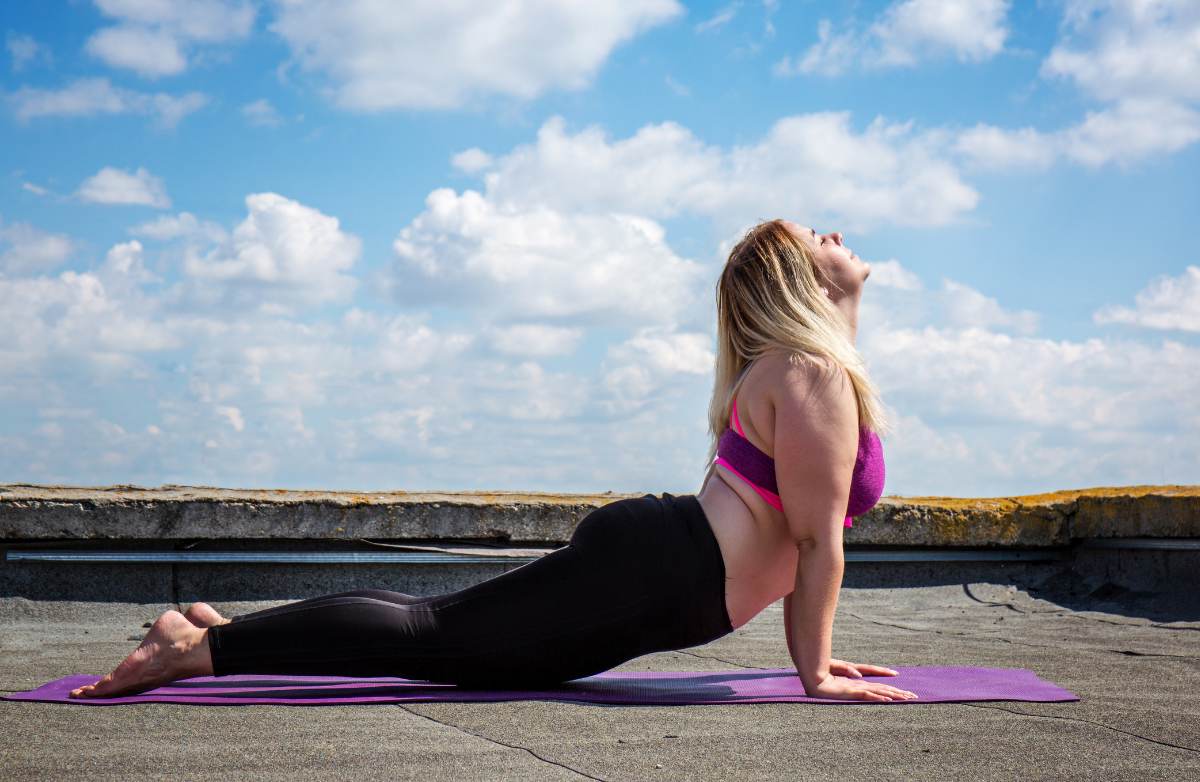Hiking a wooded trail, chasing your dog in the yard, dancing in your kitchen, or simply navigating stairs without thinking twice—your body is constantly balancing, often without you even noticing. And that’s part of what makes it so incredible.
But here's the catch: Most people don’t think about their balance until they lose it—whether it's a misstep on a hike or a stumble during everyday movement. While balance concerns are often associated with aging, the truth is that everyone benefits from better balance—whether you’re an athlete, a weekend warrior, or just someone who wants to stay strong and steady for life.
Balance: The Secret Ingredient to Strength, Stability & Confidence
Balance isn't just about standing on one leg. It's deeply connected to core strength, posture, joint stability, and injury prevention. A stronger core and better balance can lead to reduced back pain, more fluid movement, and enhanced performance in workouts and daily life. And the best part? Improving your balance doesn’t require expensive equipment or a fancy gym.
With a few smart tweaks to your usual routine, you can improve your balance while doing exercises you’re already familiar with.
3 Simple Ways to Build Balance Into Any Workout
1. Adjust Your Base of Support
Think of your base of support as the foundation of your balance. When your feet are wide apart, balance is easy. Bring your feet closer together? Things get trickier—in a good way!
Try this: Do upper-body moves like shoulder presses or bicep curls while standing with your feet together, or in a narrow stance. Feel the difference in core engagement and stability. You can also apply this technique while sitting or lying on a stability ball to further activate your core.
2. Stand on One Leg
Ready to level up? Progress from a narrow stance to single-leg exercises. Start small—lift your heel slightly during a move—then work your way up to full single-leg stands or single-leg squats.
Try this: Hold a dumbbell in each hand and perform lateral raises while standing on one leg. Switch sides and repeat. Feeling confident? Add movement with your non-weight-bearing leg to increase the challenge and improve dynamic balance.
3. Take Vision Out of the Equation
Your eyes play a huge role in balance by helping orient your body in space. Remove that visual input, and your proprioception (your body’s internal GPS) and inner ear really get to work.
Try this: In a safe, stable environment, stand tall, close your eyes, and simply try to maintain your balance. Once that becomes easier, attempt a basic exercise—like calf raises or a standing bicep curl—with your eyes closed. Always prioritize safety and support nearby if needed.
No Extra Time. No Fancy Tools. Just Better Balance.
Incorporating balance work doesn’t mean adding hours to your workout or buying new gear. It’s about making small tweaks that pay big dividends—improving your coordination, preventing falls, building strength, and boosting confidence.
The result? A body that feels more agile and stable in everything you do—from workouts to weekend adventures to everyday life.
So next time you’re training, don’t just focus on lifting heavier or running faster. Pause. Narrow your stance. Close your eyes. Stand on one leg. And give your balance the attention it deserves.
Because better balance isn’t just about fitness—it’s about freedom to move through life with ease, grace, and strength.



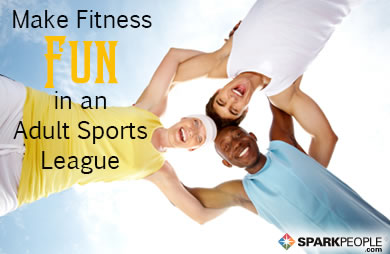

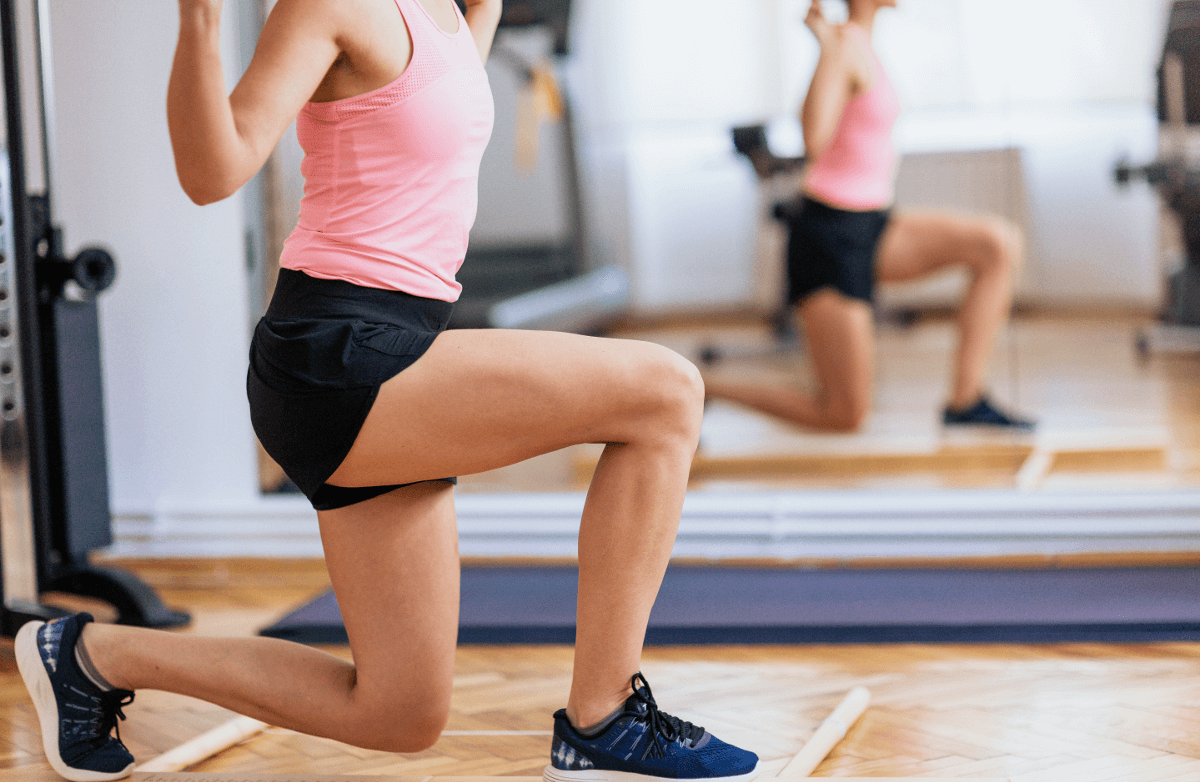
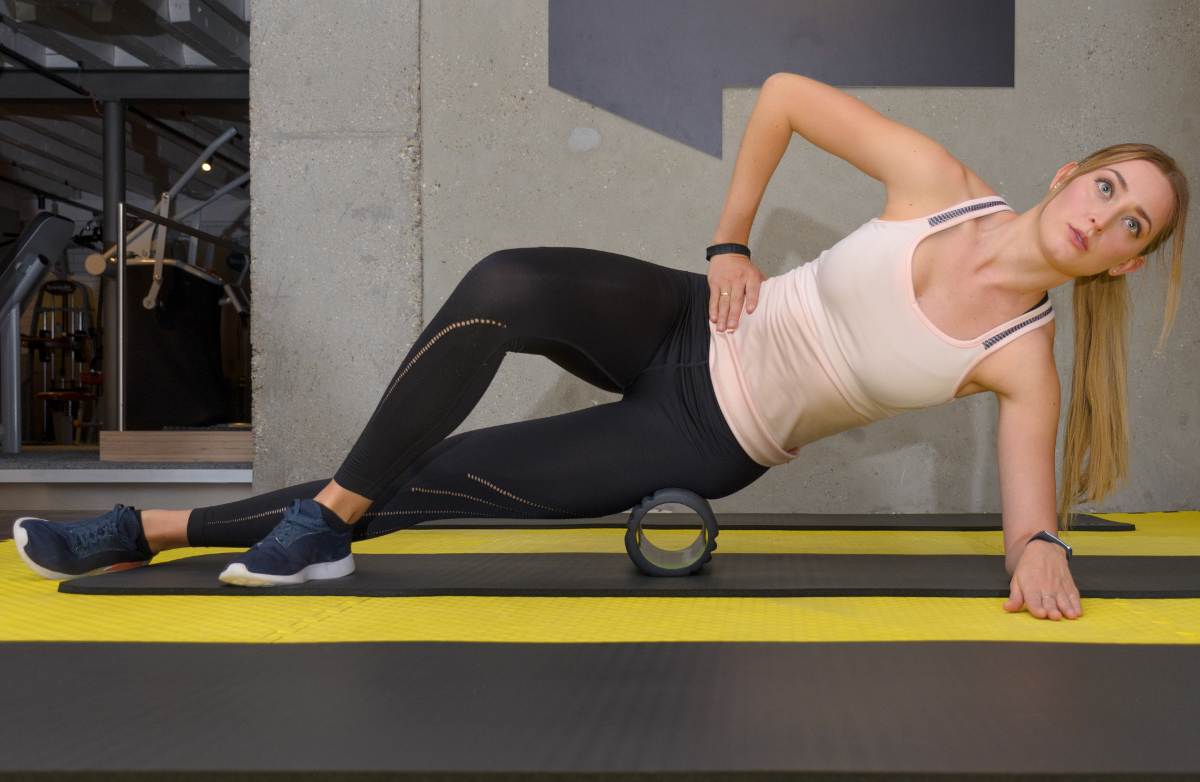
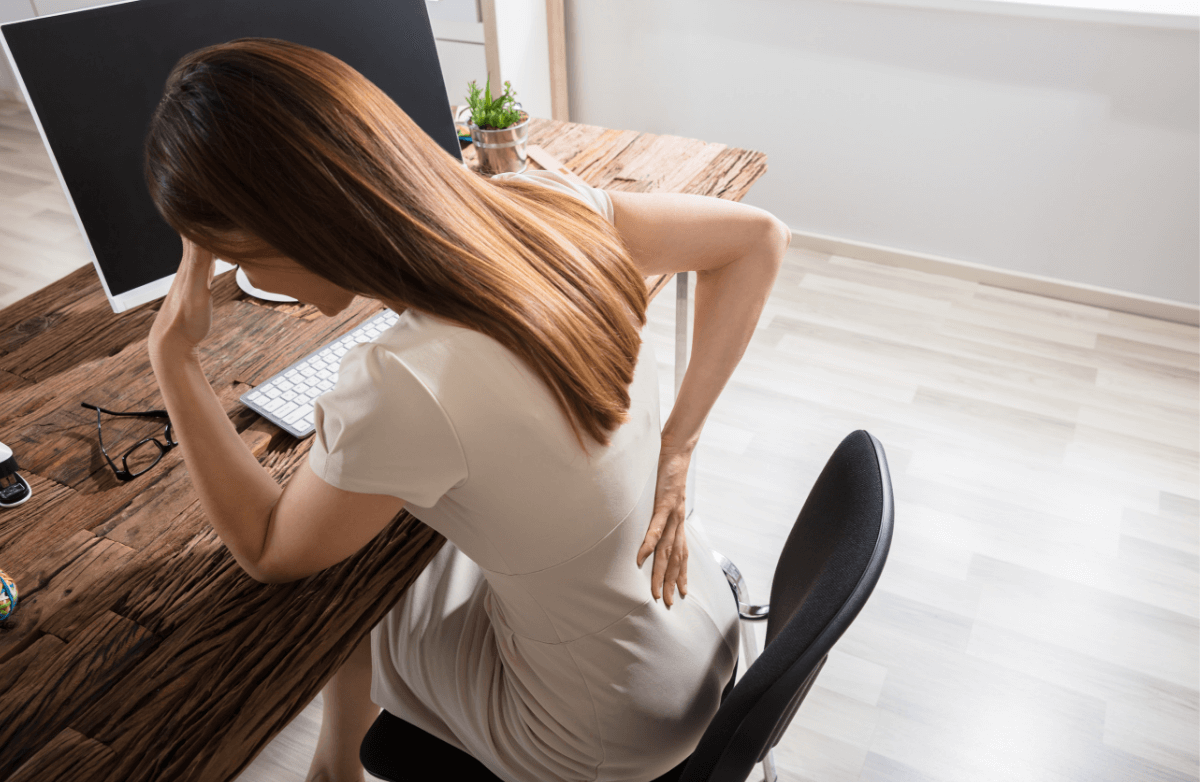

.jpg)
